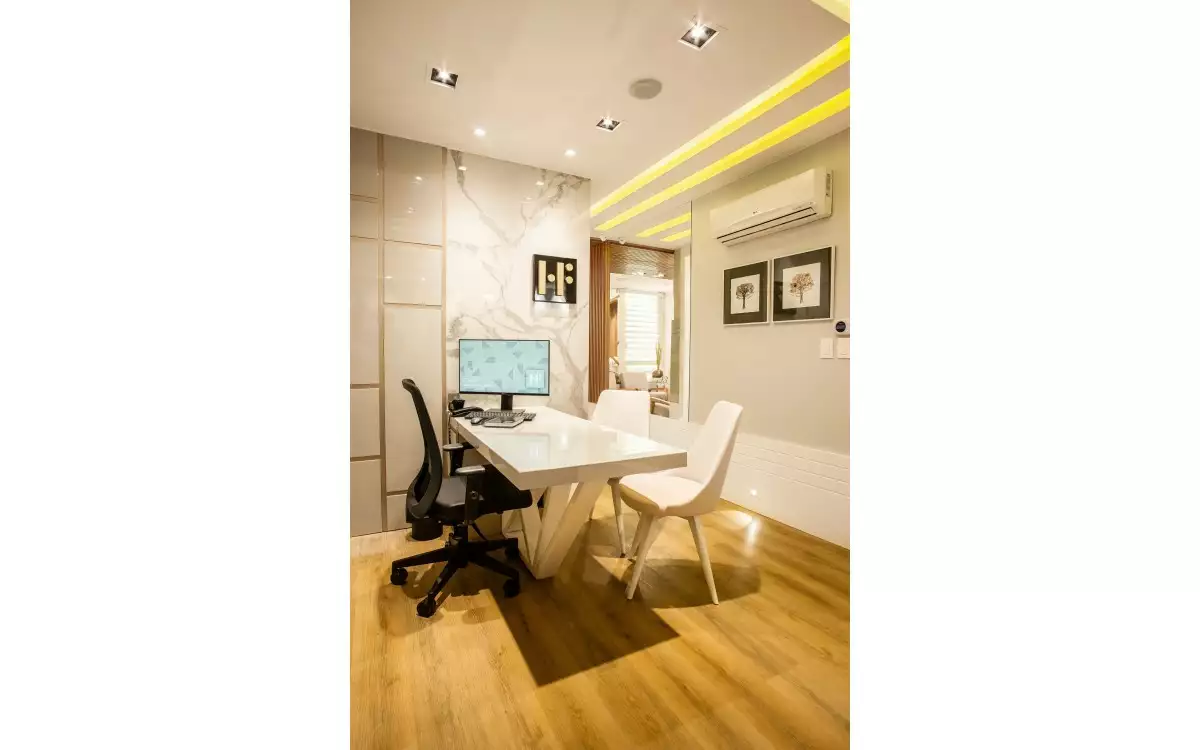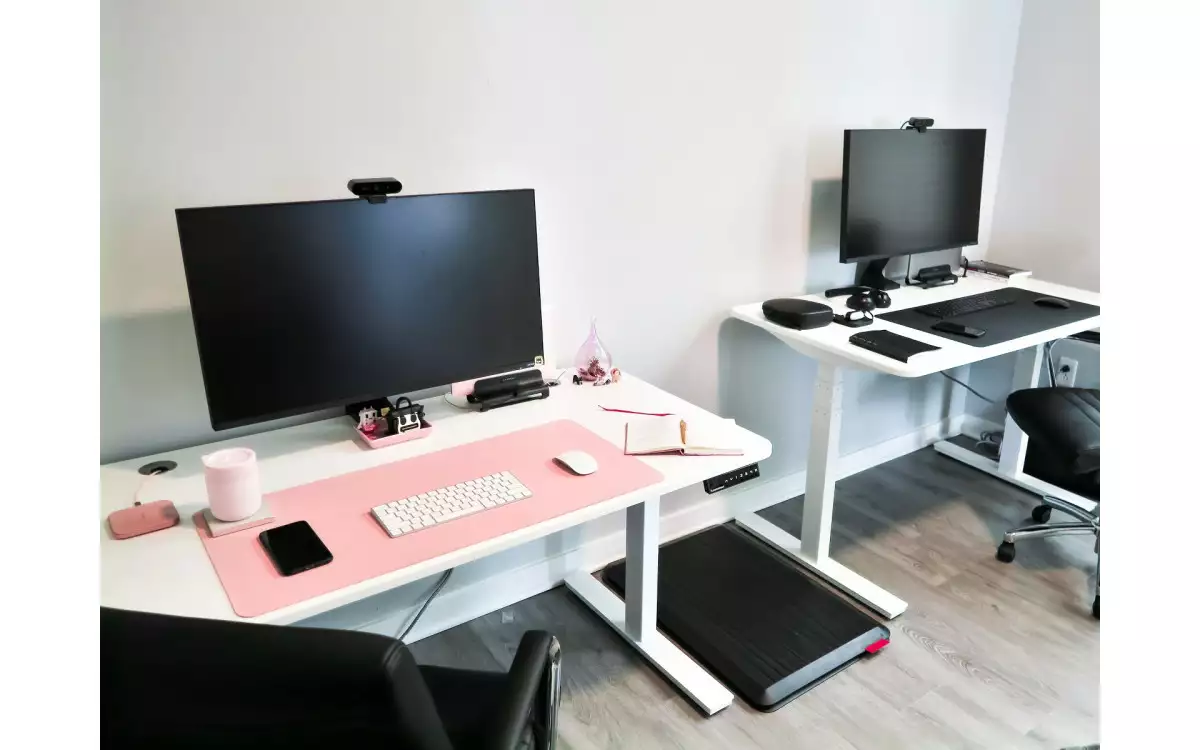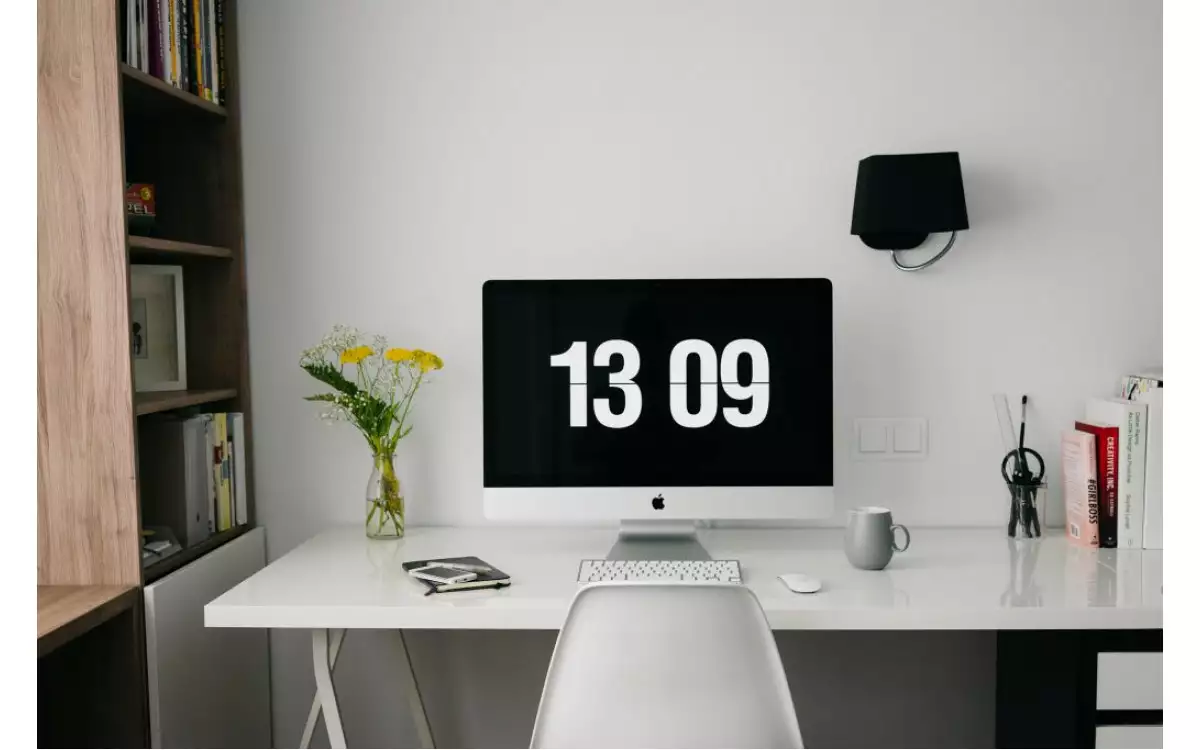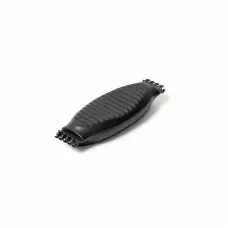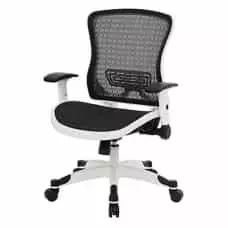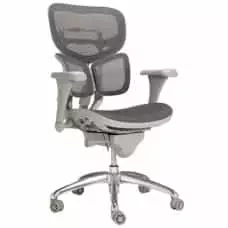Since joining the Community Health Charities team in December of 2016, I have had the opportunity to assume various roles in different departments. I began as a Resource Center lead before transitioning to a Development Operations Specialist and advancing into my current position as Human Resources and Operations Associate and Engagement Committee lead. I am a young professional with a passion for HR that is currently completing a SHRM certification.
Can you give a quick overview of what you do professionally and why you do it?
Williams: As the Operations Associate and Engagement Committee lead at Community Health Charities I manage and administer the processes and procedures of the employee life cycle, while also supporting the CEO and board of directors. I am passionate about the ‘human’ aspect of human resources.
What do you find most meaningful about your work?
Williams: I find my most meaningful work in the ability to create and implement initiatives that impact the work environment and increase employee engagement, and consider myself lucky to work for an organization that invests in human resources and prioritizes employee well-being.
How important do you believe company culture is to an organization’s success?
Williams: I believe company culture is one of the most important factors that make an organization a great place to work. It has always been an important factor, but as the workplace continues to evolve and as more millennials enter the workforce and advance in their careers, company culture will be a crucial determinant for a desirable workplace. Why? Because social media platforms and online movements such as #metoo have given former employees a megaphone to honestly share their lived work experiences - the good, the bad, and the ugly. However, social media and technology also makes it possible to highlight the positive work cultures that are attracting top talent. Technology has amplified the competitive market of recruiting and retaining staff, making it crucial for companies wishing to maintain talent to take concerted steps to ensure employee happiness.
Without naming the companies, can you give examples of good cultures you have worked in and bad cultures you have worked in and how they have led to positive and negative results respectively?
Williams: I experienced a bad work culture first-hand when I worked with a manager that was only concerned with results and the bottom line. Feedback was filtered through a negative lens and she exhibited bully tendencies with her reports. This negative environment led to high staff turnover, creating a constant need to hire and replace her staff, costing the organization money. It also makes it difficult to develop and build relationships when staff becomes disengaged due to negative work culture.
During my experience working in a positive environment, I saw teams encouraging collaboration in the decision making the process. When managers show empathy to their reports and give them a sense of ownership, employees feel engaged and part of the conversation. As a result, I saw employees feel empowered and take the initiative to suggest and implement new ideas or improvements that resulted in increased worker productivity and efficiency. When this happens, organizations positively benefit and are usually rewarded with more success.
What is the company that you have worked for or with that you believe has the best culture and why?
Williams: Working for Community Health Charities has truly shown me what the best culture can look like. Senior leadership encourages and supports the wellbeing of all the people dedicated to the organization’s mission. We actively seek to discover our team’s individual strengths and then invest in the resources that enable them to perform at their most optimal levels.
What can other companies do to emulate their success?
Williams: The main factor that other businesses can learn from this is that you need a culture that supports transparency and input from all levels. With that alone, your staff will be more fully committed and seek to accomplish more for the company.
What is the company that you have never worked for or with but believe has the best culture? What are about that company’s culture do you admire from afar?
Williams: I’ve been reading a lot about the culture at Warby Parker and I believe they have a winning formula. They encourage an environment where teamwork and fun is valued, and they give employees something to look forward to everyday. They have their employee manual posted publicly and the first section says, “We are Humans.” They promote how to work together across all company sectors and levels and reinforce to their employees that they are more than their title. I have a lot of respect for this company, plus I enjoy their prescription glasses.
Describe your office environment and how it relates to your company culture. Give us a feel for your office design from the office furniture design to the intangibles.
Williams: The benefit of working for a nonprofit is that every decision and action supports the organization’s mission, which I believe is the starting point for building a strong and positive workplace culture. Everything in our office is designed to match our brand, from the orange chairs to the glass office walls with our frosted sprocket in the center. We even have orange mugs, plates and bowls that we use on fun occasions. This helps reinforce that sense of unity through our work.
However, half of our team works remotely so our biggest effort comes from our engagement committee. This is a voluntary group of staff, open to all levels, that foster a cohesive social environment virtually and in our home office by organizing fun and engaging events, activities, and programs. We are committed to creating an environment where people feel connected and in-sync with our core values, regardless if they work in our office or work remotely across the nation. Engaged employees thrive, in part, due to the connectivity and relationships that the workplace fosters.
What do you believe are the key elements to creating and maintaining an uplifting office environment?
Williams: First, you have to listen to your team. You will never know what works if you aren’t open to getting feedback. At Community Health Charities we do this by initiating an employee satisfaction survey on an annual basis. More importantly, though, you need buy-in from senior leadership to set the example so that you are consistently displaying the organization’s values. And you shouldn’t be afraid to make it fun by rewarding those who work hard and stay dedicated to the mission. Everyone should feel like the company acknowledges the impact of their work as well as supports and trusts them.
What does ergonomics mean to you? How has your knowledge of ergonomics impacted your work?
Williams: Ergonomics basically describes the process of “job fit.” I believe my knowledge of ergonomics has enabled me to implement practices within the organization that allows us to develop more self-awareness. We strongly encourage our team to identify and understand their own and each other’s strengths so we can use each person’s skills to create an efficient and confident workforce.
How do you buy office furniture? Do you buy furniture online? When do you decide to buy?
Williams: We tend to not focus on things like office furniture, because we have such a diverse work environment and our efforts must accommodate all staff members. However, for those do work in an office we consider factors such as comfort and convenience.
What office chair do you sit in and why? What specific features about your office chair do you appreciate and enjoy? And how would you weigh the relative importance of comfort, posture support, design, cost and other variables?
Williams: My chair, like all of our home office chairs, has an optimal style that provides maximum comfort by having adjustable height and back support. My favorite feature is being able to adjust the arms of the chair.
They can adjust in height as well as in length, and for someone with slightly longer arms, this is a big plus for me. You should always shoot for comfort within your budget, but most importantly find a chair that has good lumbar support and padded seats.
What is your best advice on maximizing productivity in the office?
Williams: There is a long list of ways to maximize productivity in the office, but my best advice would be to take the time to understand how your business is currently operating and how your employees feel, then be open to the opportunity to make changes as necessary to ensure both operations and employee morale are at optimal levels.
What is your best advice on effectively managing others?
Williams: When it comes to managing others, my best advice is to have awareness and empathy. Be aware of your employees’ strengths and behaviors that drive success and show empathy to build trust and strengthen relationships. As we welcome new generations bringing in new trends to the workplace, it is essential to have open communication as part of your office culture and to encourage feedback and discussion. It is important to develop employee trust by creating an environment where they feel their voice can be heard
What workplace trends do you see on the horizon? Leave us with three things we should be on
the lookout for.
Williams: I believe that there will be a shift in workplace trends where employers offer better benefits rather than perks. Having a fun break room is nice, but I see that as a short-term solution.
I would look out for unique benefit plans that offer mental health services, personal development opportunities, and increased importance in work-life balance. Any organization that adopts these workplace trends will cause a deeper impact and prove to employees how invested you are in their capabilities.



